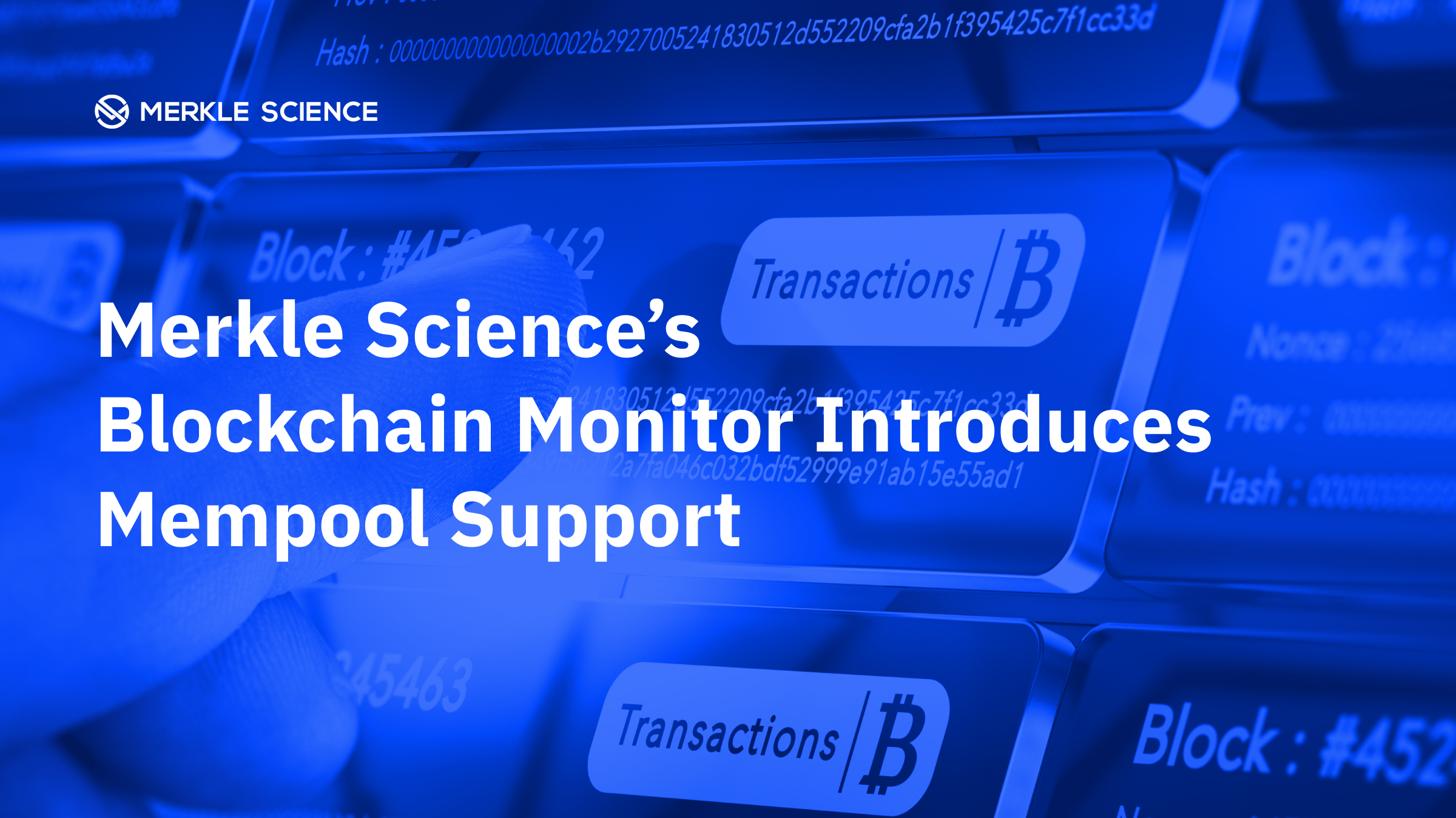Singapore, July 16, 2021: A month after Merkle Science’s June 10th announcement, coin coverage on the company’s blockchain monitoring platform now extends to 200 tokens, including: Paxos Standard (PAX), USD Coin (USDC), Basic Attention Token (BAT), XSGD (XSGD), Bancor (BNT), Celsius (CEL), Civic (CVC), Compound (COMP), Maker (MKR), Polygon (MATIC), yearn.finance (YFI), Gemini Dollar (GUSD), 1inch (1INCH), Balancer (BAL), 0x (ZRX), AirSwap (AST), HEX (HEX), Ocean Protocol (OCEAN), SHIBA INU (SHIB), VeChain (VEN), SwissBorg (CHSB), and Origin Protocol (OGN).
“The digital asset industry is going through a phase of accelerated expansion and development, and the Merkle Science platform is advancing in parallel with it,” says Merkle Science CTO Nirmal Aryath Koroth. “In order for the industry to mature in a safe and secure manner, we must ensure that industry participants — from crypto businesses to regulators to law enforcement — understand the risks associated with crypto assets. We’re very dedicated to this vision and continue to commit resources to ensure crypto’s healthy development.”



.png)

.png)


.png)